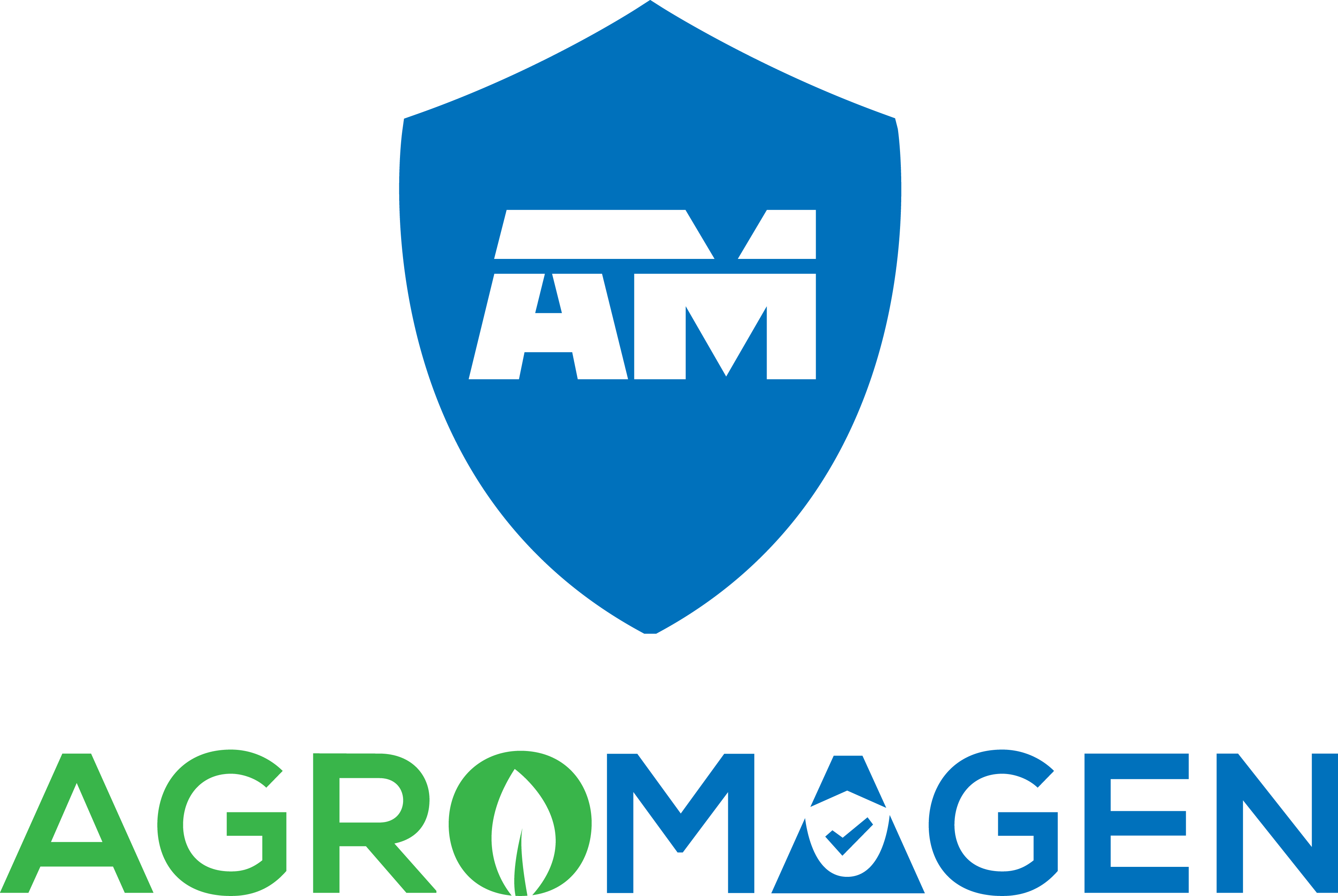
Not All Oils Are Created Equal: What You Should Know About Horticultural and Mineral Oils
Growers have used oils for pest control for thousands of years to suffocate, poison, or disrupt the feeding process of insects on vegetables, flowers, trees, and more. Despite their effectiveness, some oils cause plant damage and broader environmental harm. What could possibly make oils so dangerous?
Petroleum.
Many conventional pesticides contain this fossil fuel that releases carbon dioxide, affecting everything from the earth’s ozone to our personal health by contaminating ground and drinking water, increasing extreme weather, and creating pollution. However, there are effective pest management oils that don’t rely on fossil fuel-based products.
In this article, you’ll learn more about the different types of oils used to control pest populations and the long-term safety, sustainability, and impact of using them.
What are Horticultural, Dormant, and Mineral Oils?
Petroleum is derived from the fossilized remains of organisms that lived millions of years ago. This crude oil is processed and refined, and the colorless, odorless, liquid byproduct of it becomes the active ingredient in a variety of commonly used products, including a majority of commercially available pesticides.
The amount of refined petroleum these distilled oils contain determines their purity level and their oil classification.
- Horticultural oils. Sometimes fossil-based oils are referred to as horticultural oils, which is a collective term for highly refined petroleum products used for pest control. They are made from a mix of hydrocarbons and range from 92 - 99 percent pure.
- Dormant oils. Also derived from petroleum, dormant oils are heavier, less purified, and more likely to cause toxic plant damage. The term “dormant oils” is also sometimes used when referring to a seasonal pesticide application.
- Mineral oils. The vast majority of commercially available horticultural oils include mineral oil, which comes from petroleum that has been highly refined and carefully filtered so it doesn’t cause phytotoxicity in plants.
Petroleum-based pesticides are also known as summer oil, spray oil, supreme oil, superior oil, or white mineral oil.
The Hidden Problems with Petroleum-Based Oils
While horticultural oils all start with paraffinic crude oil, variations in the source material, refining process, and additives lead to inconsistent outcomes—an issue that poses a number of problems.
Source + transparency. China is the world’s largest importer of oil, and the country’s mineral oil market is expected to reach nearly $2.2 billion by 2030. Yet the country’s tight control over supply chain data and refining practices leaves major gaps in transparency and quality assurance.
Meanwhile, U.S. imports of processed oils from China doubled to 3 billion pounds between 2022 and 2023, according to USDA Economic Research Service data. As China becomes a leading supplier, concerns about sourcing, refinement standards, and environmental impact have only intensified.
Cost concerns. Increasing supply constraints and sanctions are creating concerns about fossil fuel-related exports and economic growth. In addition, as global governments work to reduce fossil fuel usage to combat climate change, declining demand could lead to unpredictable prices of petroleum-based products, including horticultural oils.
Environmental impacts. As non-renewable sources of energy, there is a finite supply of fossil fuels. Research is also showing the unsustainability of conventional, chemical-intensive agricultural practices.
In addition, oils produced from petroleum are non-selective; in managing pests, they also harm beneficial pollinators that are crucial to our planet’s biodiversity. Bees, butterflies, birds and other pollinators help plants reproduce, protecting against soil erosion and increasing carbon sequestration.
Horticultural oils applied to plants can make their way into the ground, contaminating soil and waterways, which can prove toxic to fish.
Risks. Fossil-based chemicals can cause moderate to severe plant damage through phytotoxicity, which can deform, scar, or kill plants, especially when applied incorrectly. This can occur even when foliage isn’t directly treated, as drifting can spread chemicals between plants.
Humans who come in contact with horticultural oils may experience skin or eye irritation after contact.
The Grower’s Dilemma: “It’s Just Oil… Right?”
You can order the same dish at five different restaurants, but the ingredients and the preparation methods vary—distinctions that impact whether your meal is tasty or terrible.
The same is true for horticultural, dormant and mineral oils. The petroleum they contain comes from various sources, is refined using different methods, and the active ingredient may not be of the same level of purity, which means the end product will vary in terms of safety, sustainability, and consistency.
Because not all oils are the same, it is important to use a safe, tested approach to insect control. You need a solution that is effective against pests but doesn’t cause adverse ecological effects.
Enter: GrowSafe, 100% food-grade pest control.
What Makes GrowSafe Different
GrowSafe is a bio-pesticide that provides completely natural pest control using 100% food-grade ingredients and no fossil fuels.
Several things set GrowSafe apart:
- Our proprietary mixture of food-grade corn, soybean, sunflower and coconut oils, and citric acid is tested by independent third parties to ensure it is completely safe for pollinators, people, and produce.
- GrowSafe not only kills insects on contact; it prevents them from returning by forming a protective layer on plants, stopping mildew and pests from taking hold in the first place. This means pests can’t build a resistance to it and plants stay healthier over time.
- GrowSafe is OMRI-listed by the Organic Materials Review Institute, which means the solution’s ingredients are 100% organic. The rating certifies that it is eco-friendly and is proven non-phytotoxic to plants.
- GrowSafe is made in the USA.
GrowSafe works effectively to manage pests without disrupting the earth’s fragile ecosystem and is even more effective as part of Integrated Pest Management (IPM) practices, including companion planting and crop rotation, among others.
Why It Matters: Your Crops, Your Soil, Your Health
It’s easy to think of pest control as a personal or isolated choice, but the impacts extend beyond the field or garden. The use of mineral oils affects not just plant health, but also the surrounding environment and our own exposure to residues over time.
For instance, the fossil-based ingredients in pesticides don’t simply vanish when they dry; they remain on the foliage, affecting the safety and the taste of produce we consume. And the news gets worse; the oil becomes ineffective once it dries and must be reapplied, increasing the amount of fossil fuel usage.
Final Takeaway
Pest control will continue to be a challenge for growers; however, managing harmful insects without harming our health or our environment is more important than ever. Horticultural oils linger, affecting human health and contaminating our soil and waterways
We can do more than hope for better alternatives that are healthy and effective.
As advances constantly improve horticultural pest management solutions, growers have a right to transparency, consumers should rightfully expect products that are safe to use, and our planet deserves our best efforts for sustainability.
